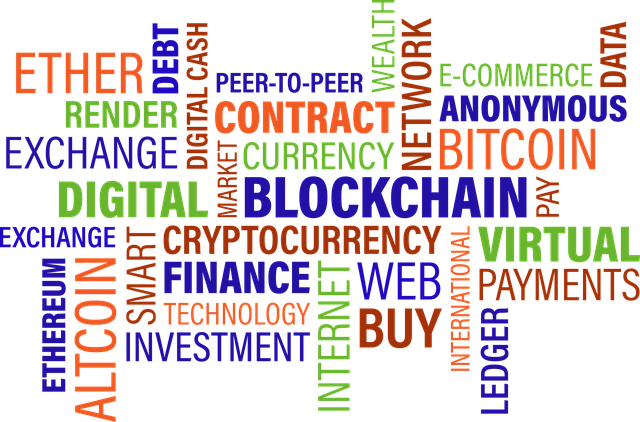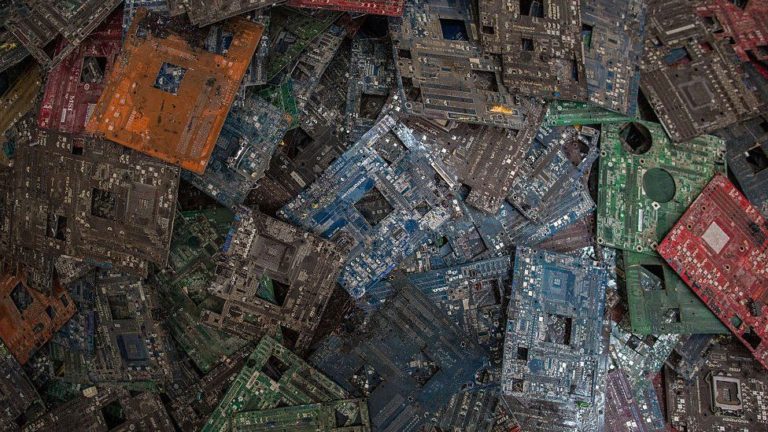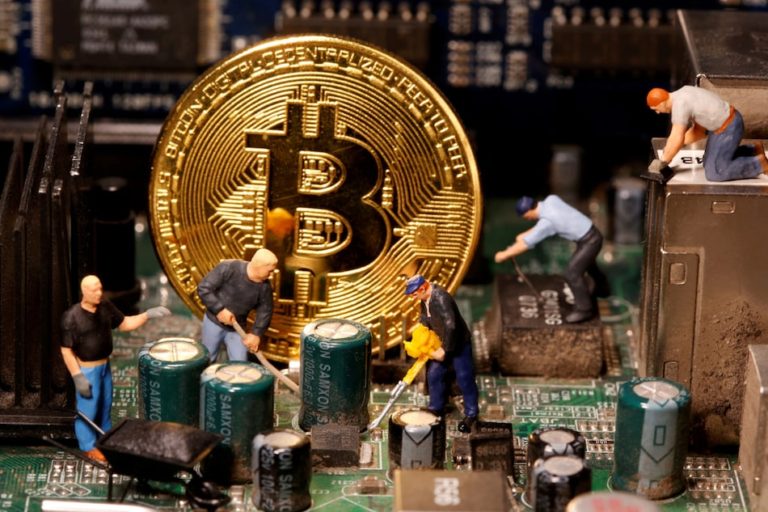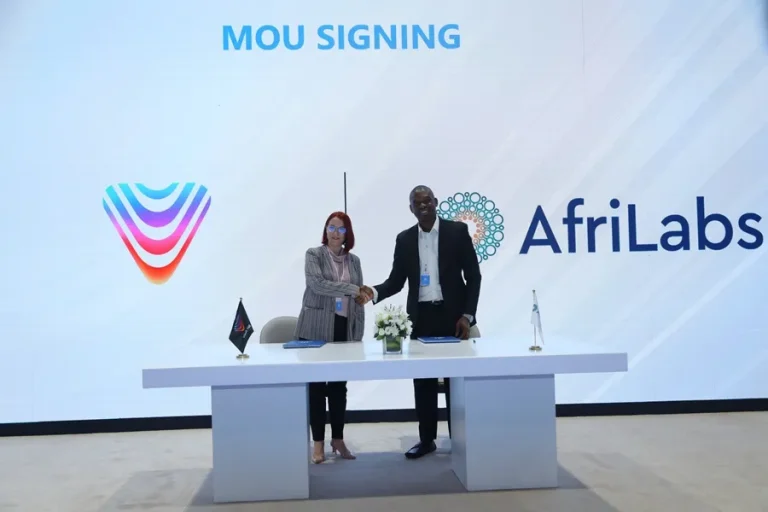What is ethereum? broad overview

OUTLINE
- What is Ethereum?
- Understanding what Ethereum is for beginners.
- Who is the inventor and what inspired him to create ethereum.
- Technology behind Ethereum.
- What ethereum is used for and how does it work?
- What are the benefits of Ethereum decentralized Platform?
- What’s the drawback of decentralized applications?
- I want to develop an app. How do I access Ethereum?
- What apps are currently being developed on Ethereum blockchain?
- An Ethereum fork
- The future of Ethereum.
What Is Ethereum?
Vitalik Buterin in 2015 made a cryptocurrency called Ethereum. Ethereum is a public blockchain-based platform inspired by the Bitcoin platform. One of the main differences of Ethereum from bitcoin is that it has entirely different blockchain.
Ether uses a Proof-of-Work (PoW) system. Proof-of-work (PoW) requires solving algorithmically challenging puzzles andminers work to earn Ether, a type of crypto token that fuels the network. On the other hand, Bitcoin offers one particular application of blockchain technology, a peer to peer digital cash system used for online Bitcoin payments.
Ether is also used by application developers to pay for transaction fees and services on the Ethereum network.
Gas is used to pay miners fees for including transactions in their block, and every smart contract execution requires a certain amount of gas to be sent along with it to lure miners to put it in the blockchain.
Another innovation that Ethereum introduced is the concept of smart contracts. Smart contracts are programs that live on the Ethereum network that can be used to verify conditions for trades and to act as an escrow for both parties in a transaction.
What this means is that instead of introducing more risk into a trade or sale by adding a third party (which would be an authoritative source). What’s groundbreaking about this innovation, is that the smart contracts can also hold the Ethereum within itself and distribute payments at a set time, or once all conditions are met.
This becomes useful for plans of insurance, for secure company payments, and even as a way to create an inheritance for generations to come.
Smart contracts are fuelled by gas, which you can pay in tiny fractions of ether. Depending on how busy the Ethereum network is with transactions, the price of gas that you decide to send with your purchase will determine how quickly your transaction will be validated.
The other insight into Ethereum was the ERC20 contract. It created a method for hundreds of tokens, which use the Ethereum network, but act as branded coins with their values to emerge. Many of the top altcoins in the crypto verse are ERC20, while the amount of Proof of Work or Bitcoin-based cryptocurrency variants has declined over time.
Understanding what Ethereum is for beginners.
Ethereum is not just a cryptocurrency, is a blockchain of its own where other applications are built on called DAPPS (Decentralized applications.). For a clear understanding, we will use real cases to explain this.
What would you do with your iPhone if Apple had not put an operating system on it? And what be the purpose of that operating system if there were no applications? This is the essence of ethereum.
The blockchain and the miners which support it are like your iPhone. Ethereum is like iOS. And the actual applications that you use every day are called “DAPPs”. This is short for Decentralized Applications, and basically encompasses all of the interactions that you will have with the platform. For all intents and purposes, you can think of a DAPP as the same thing as a smart contract, although technically a smart contract is just one piece of a DAPP.
Of course, there are differences as well. Nobody actually goes out and buys an ethereum blockchain at the Apple store. Instead, it is a pay as you go system. When you run a program or DAPP on ethereum, you pay for the cycles and storage you use in a currency called gas. The price of gas fluctuates just like it does in the real world. It is priced high when the computer is very busy and falls when demand drops. This is why you need an ethereum wallet. It holds the gas that must pay when you use ethereum resources.
What kinds of DAPPs have people written for ethereum? Pretty much anything you can think of at this point. There are well over a million accounts on Etherscan.io that all have some kind of interaction with a smart contract. Just imagine what kind of things you do with your smartphone. Now consider all of the institutions you trust with your personal data or your financial information when you use that service.
All of these types of applications are candidates for being decentralized and implemented on ethereum instead.
So next time, when you hear people talking about ethereum and wondering what that actually is, just remember the immortal words of Forrest Gump regarding Apple. “He got me invested in some kind of fruit company.” That is really all you need to know.
Who is the inventor and what inspired him to create Ethereum?
Vitalik Buterin is the inventor of Ethereum. Vitalik was inspired by bitcoin but due to the difficulties experienced by developers on the bitcoin-blockchain network, Vitalik created ethereum to solve this predicament.
Prior to the creation of Ethereum, bitcoin-blockchain applications were made to do extremely constrained tasks like to act as peer-to-peer digital currencies.
Developers confronted an issue. Either extend the functions offered by Bitcoin and different sorts of applications, which is extremely confused and tedious, or build up another blockchain application and a totally new platform too. Due to this problem associated with bitcoin blockchain network, Ethereum’s creator, Vitalik Buterin built up another methodology to curb this problem.
Here the creator stated.
“I thought [those in the Bitcoin community] weren’t approaching the problem in the right way. I thought they were going after individual applications; they were trying to kind of explicitly support each [use case] in a sort of Swiss Army knife protocol.” Vitalik Buterin, inventor of Ethereum.
The technology behind Ethereum.
According to Wikipedia, Ethereum is an open-source, public, blockchain-based distributed computing platform and operating system featuring smart contract
(scripting) functionality. It supports a modified version of Nakamoto consensus via transaction-based state transitions..
What is Ethereum used for and How does it work.
As we stated earlier, ethereum isn’t just a cryptocurrency, is a blockchain where Dapps are built on. Using ethereum, the app doesn’t require one to censor its data. To accomplish this, ethereum borrows from bitcoin’s protocol and its blockchain design but modified it to support applications called DAPPS beyond just peer-to-peer cryptocurrency.
Ethereum helps developers to build and deploy decentralized applications to ethereum network. Dapp serves some particular purposes to its users. For instance, bitcoin is a Dapp that provides its users with a peer-to-peer digital cash system that enables online Bitcoin payments or generally any financial transaction thereby eliminating third-party intermediary. Because decentralized applications are made up of code that runs on a blockchain network, they are not censored by any central authority nor individual.
Ethereum came about so that developers can create applications or agreements that have additional steps, rules of ownership, alternative transaction formats or different ways to transact.
The goal of ethereum blockchain is to allow developers to write more programs in which blockchain transactions could govern and automate specific outcomes.
Generally, Ethereum makes any centralized services become decentralized. Ethereum can also be used to build Decentralized Autonomous Organizations (DAO). A DAO is fully autonomous, decentralized organization with no single leader.
“A DAO consists of one or more contracts and could be funded by a group of like-minded individuals. A DAO operates completely transparently and completely independently of any human intervention, including its original creators. A DAO will stay on the network as long as it covers its survival costs and provides a useful service to its customer base” Stephen Tual, Slock.it Founder, former CCO Ethereum.
What are the benefits of Ethereum decentralized Platform?
Since decentralized applications run on the public blockchain, they benefit from all of its usefulness.
Immutability – No third party can make changes to data.
Zero downtime – Apps never go down nor go off.
Incorruptible – Apps are based on a network formed around the principle of consensus i.e each must check and agree that it’s coming from the verified network, thereby making censorship impossible.
Secure – It’s secured using cryptography and no point of failure, applications are well protected against hacking attacks and fraudulent activities.
What’s the drawback of decentralized applications?
Regardless of the advantages of ethereum blockchain, decentralized applications aren’t impeccable. since smart contract codes is written by humans, they are prone to mistakes in code. Code bugs can lead to unfriendly adverse actions being taken. If any mistake in the code gets exploited, there is no efficient way in which an attack can be stopped other than obtaining a network consensus and rewriting the underlying code. This goes against the essence of the blockchain which is meant to be immutable. Additionally, any action was taken by a central authority, then the decentralized nature of an application will be questionable.
I want to develop an app. How do I access Ethereum?
There are numerous ways you can connect to the Ethereum network, one of the simplest routes is to utilize its native Mist browser. Mist provides a user-friendly interface & digital wallet for users to trade & store Ether as well as write, manage, deploy and use smart contracts. Like web browsers give access and help people navigate the internet, Mist provides a portal into the world of decentralized blockchain applications.
There is also the MetaMask browser extension, which turns Google Chrome into an Ethereum browser. MetaMask allows anyone to easily run or develop decentralized applications from their browser.
Read a complete guide on how to develop an app on ethereum;
https://hackernoon.com/getting-started-as-an-ethereum-web-developer-9a2a4ab47baf
What apps are currently being developed on Ethereum blockchain?
The Ethereum platform is being utilized to make applications over an expansive scope of administrations and enterprises. In any case, developers are in the uncharted area, so it’s difficult to know which applications will succeed and which ones will fail. Here are a few exciting projects being executed on the ethereum-blockchain network.
Liquineq is an Ethereum-based financial software solution to be used by banks and other financial institutions. It enables real-time, peer-to-peer value exchange and payment services across borders and other silos, and between fiat money, other asset classes, and decentralized currencies. It’s designed to enable financial inclusion and partnering with existing banking institutions, access will be made available to everyone via the Liquineq network.
Augur is an open-source prediction market platform that enables anyone to forecast events and obtain rewarded for predicting them accurately.
Bitcademy is a great example, where sports meets blockchain – and real academies meet virtual marketplace. The project is aimed to support underdeveloped communities and young athletes and decentralizes whole industry by connecting football fans and allowing them to sponsor young players.
ShelterZoom is the first real estate technology company that has successfully delivered a blockchain-based real estate offer and acceptance platform. The platform allows sellers, buyers and their realtor representative to see all of the offers and transactions at the same time and in real time. Blockchain’s use in smart contracts, which automatically executes a transaction once parties have agreed on its conditions solves the confirmation and verification process. Read about how blockchain can be used in land registry.
An Ethereum fork
We will look into the case of DAO attack which was one of the reasons that led to Ethereum fork. You remember that I stated how Ethereum can be utilized to develop Decentralized Autonomous Organizations like DAO? Well in 2016, An issue arose. A start-up working on one particular DOA project, named ‘The DAO’ got hacked. Having raised $150 million in a token sale, an unknown attacker made away with $50 million. The attack was made as a result of a technical flaw in The DAO software, not the Ethereum platform itself. As a result of this issue, the developers and founders of Ethereum took it upon themselves to were to deal with it.
The DAO was a project developed by a team behind another start-up called Slock.it. Their aim was to build a human less venture capital firm that would allow investors to make decisions through smart contracts.
As a result of these issues, there came a forum discussion where the Ethereum community voted and decided to retrieve the stolen funds by executing what’s called a hard fork or a rewriting of code. The hard fork moved the stolen funds to a new smart contract designed to let the original owners withdraw their tokens. But these decision made things get more complicated since Ethereum blockchain protocols are designed to make all transactions irreversible and immutable which is the main essence of blockchain. Apply hard fork will endanger the essence of blockchain and ultimately lose its main value.
This led to a less aggressive solution called soft fork, the Ethereum community and its founders were placed in a threatening position. using a hard fork or soft fork has its flaws and the community are of different opinion. If they didn’t retrieve the stolen investor money, ether could lose its trust. On the other hand, applying hard fork as a way of recovering investor money will make ether lose its value.
Eventually, the majority of the Ethereum community voted to apply a hard fork, and retrieve The DAO investors funds being stolen. But many disagreed with this decision. This led to a split where two parallel blockchains now exist. For those group of people who blatantly disagree with any changes to the blockchain even when hacking occurs there is Ethereum classic. while those who agreed to rewrite a small part of the blockchain and return the stolen money to their owners, there is Ethereum.
The future of Ethereum.
Despite all the flaws, Ethereum is heading forward and has more value compared to others. By providing a user-friendly platform that enables people to harness the power of blockchain technology, Ethereum is speeding up the decentralization of the world economy. Decentralized applications have the potential to revolutionalize how we conduct our everyday business in all the sectors.








